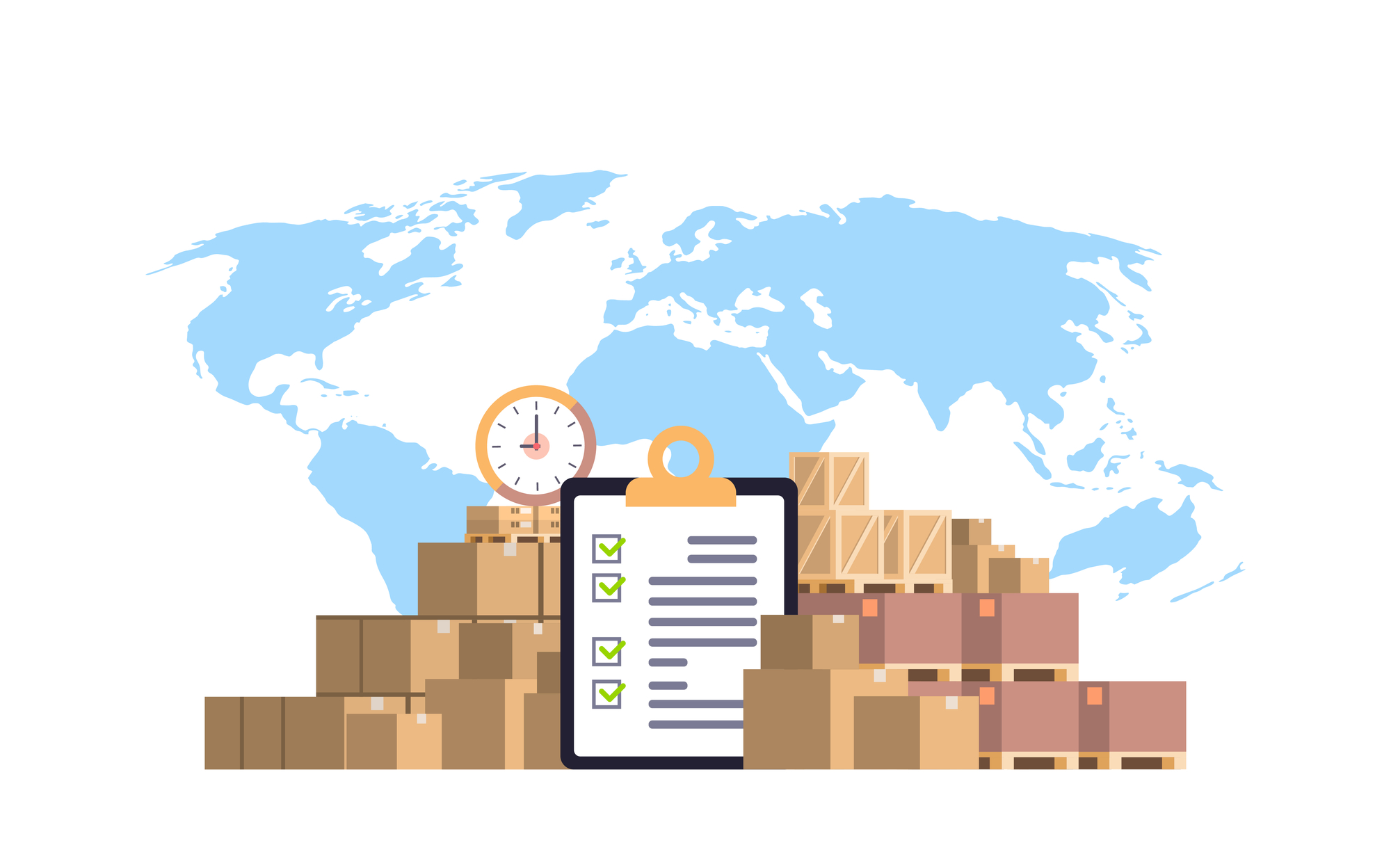Most people are resistant to change. Change is uncomfortable. Imagine being not-so-tech-savvy and your organization decides to implement a huge tech solution that you will be required to learn to successfully perform your job. Cue the anxiety.
That’s why, as service providers, it’s so important to understand the position of your end-user. Put yourself in their shoes. Understand their learning style and show them that they’re a key player in making this initiative a success. Show them the value that this solution brings to the table.
- Is it going to aid them in being more successful in their role?
- Is it going to save them time in their day-to-day tasks?
- Is it going to eliminate the need to complete mundane, routine tasks?
- Is it going to save the organization money that can, in turn, be used to provide more resources to the employee?
If you can answer yes to any of these questions, you’re well on your way to demonstrating the value of your FM tech solution investment. When users can see the value, coupled with great training and change management strategies, it becomes easier to adopt, which will make your program more successful and further impact the business outcomes you seek.
Understanding your Audience
One size rarely fits all. This is especially true for training on a facilities management solution that is enabled by technology. That’s why it is important to take your audience into consideration. Your end users may be the technicians, field managers, facilities management and operation leadership teams.
At SDI, our client technicians and field managers are usually most interested in learning how to leverage our tech solution, ZEUS, for quickly locating the parts and materials that they need, receiving those goods in enough time to satisfy work order requirements, meeting due dates, and receiving parts availability information to track their orders through delivery.
Regional managers, facilities maintenance and other operational leadership teams are mostly interested in the data analytics, tracking how quickly parts can be sourced and received, understanding what critical spares may need to be stored in warehouse stock, minimizing aging work orders by improving first call fix rates, and managing costs through budgetary approval programs. In our experience, data transparency is key for this audience.
Additional stakeholders also include those responsible for cutting spend and improving technician productivity/wrench times or anyone concerned about supplier contract compliance and the availability of critical spares, for example. Anyone interested in affecting these business outcomes are hugely impacted by the end users’ adoption of our FM tech solution.
Digital Supply Chain Change Management: Training for Success
Being conscious of your training strategies and schedules and how they will affect your client is imperative. Our client’s time is valuable. The end users of our Integrated Parts Management and MRO as-a-Service solutions have job requirements and duties that usually need to be completed on a tight schedule.
Being mindful of their time and limiting disruptions in their workday, we create training schedules that work for our clients to enable and empower them to more strategically manage their FM parts supply chain. That’s why it’s important to offer multiple training resources. In our Integrated Parts Management program, we offer:
- Monthly end-to-end app training. Users who were recently onboarded can learn how to use the app, share best practices and tips, and feel comfortable to ask questions, both practical/operational and technical questions. We have users who join this class as a refresher too, as we always provide up-to-date training to cover any of the most recent app changes and enhancements. We have a great presence from the SDI team on this training call, members who’ve really spent time in this program and ultimately can be a great resource to our clients. We collectively answer user questions and document any feedback that’s given from the client.
- Train the Managers. This training helps ensure that managers understand their role in the program, how to use the management tools in the app, and also receive training on how their team will use the app.
- ZEUS app office hours. This is a meeting that the client holds internally with their program members. The SDI team joins the client meeting to support them by answering questions from the field and also by capturing feedback from the users so we can focus on continuously improving our app and overall program. This partnership approach is great for maintaining relationships throughout the program.
- Online training vault. We’ve crafted numerous 3 to 5 minute feature-focused video trainings, covering all features in the ZEUS app and stored them in our online training vault for users to view on an as-needed basis. This is also a great place to start for any new users who are awaiting their formal training. We regularly update the content to ensure we are providing the most up-to-date information to our users.
- Training materials. For our visual learners who learn by reading and seeing pictures, we continually develop quick reference guides and other informational materials for print and distribution, so we can reach every type of learner. Each user that is onboarded to our program receives a welcome packet with training information and other resources so they can quickly and easily begin using the ZEUS or IPM app.
- Live assistance. Any users can seek live assistance from our team regardless of the need, whether it’s questions about how to use the app or if the user is having difficulty placing an order or finding the correct part. Our team is experienced, trained, and has the resources to support our users every step of the way.
When rolling out a tech solution, it’s a change management process. It’s so important to communicate any application changes to your users. Finding an effective way to communicate those changes can be challenging. Some changes are substantial enough that training is required for the end user to understand what changes were made and how they will be impacted by the change. But even the smallest change may impact the end user in a bigger way. This is why your change management process is so crucial. When end users are faced with constant changes and challenges, adoption inevitably is impacted.
A successful tech-enabled solution is reliant on leadership involvement. There should be a post-implementation support system and open discussions in which employees and other impacted stakeholders’ voices and opinions can be heard. Stay in communication with your team. Monitor adoption and usage. Are there gaps in the process? Are there certain areas in the software where most users get hung up? Do you have the resources to support an implementation? The appropriate infrastructure and personnel support coupled with an effective training and change management strategy will hugely impact the desired business outcomes the program was desired to improve.
SDI provides digital supply chain solutions and parts management programs for manufacturing and facilities maintenance through our Integrated Parts Management offering that enables field technicians to remotely identify needs and order parts, on-the-spot, giving them Supreme Power over their Supply Chain. To learn more about our IPM program or any other offerings, contact us today.



